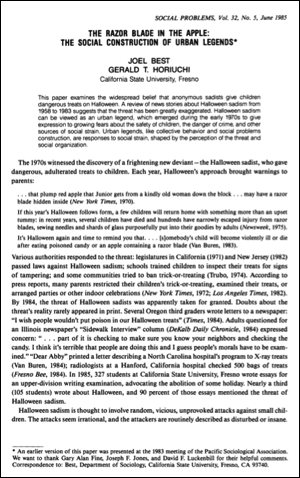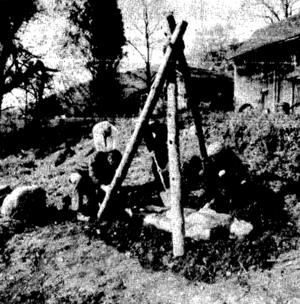Recreating the Cardiff Giant —
Syracuse-based artist Ty Marshal has created a replica of the
Cardiff Giant, according to its original size specifications (ten-feet tall). His replica is going to be buried in Syracuse's Lipe Art Park and then unearthed on October 16, the anniversary of the date on which the Giant was first "found" on William Newell's farm back in 1869.
After being unearthed, Marshal's giant will remain on display in the park, under a tent, for one week. Visitors will be allowed to view it for 25 cents. Then, using a horse and cart, the Giant will be transported to the Atrium in Syracuse's City Hall Commons where it will be displayed until the end of October. Visitors will also be able to buy Cardiff Giant-themed merchandise: soap, chocolate, wine, and coffee. (As a long-time collector of hoax-themed merchandise, I HAVE to get all of that stuff!)
You can find more details about Marshal's project on his website:
syracusecardiffgiant.com.
There's actually a long history of recreating the Cardiff Giant. Back in the 1870s quite a few showmen paid artists to recreate the Giant, which they then displayed, as a way to cash in on the popular interest in the phenomenon. The most famous of these replicas was displayed by P.T. Barnum in New York City, and (much to the annoyance of the owners of the real giant) attracted more visitors than the actual giant, which was simultaneously on display a few blocks away.
In 1976, a service club in Cardiff, New York created a "Mrs. Cardiff Giant", which they buried and then unearthed. You can see it (note the breasts) in the slightly blurry picture below.
Currently there are four Cardiff Giants on display (not counting Marshal's new one): at the
Farmer's Museum in Cooperstown (this is the real giant), the
Fort Museum in Fort Dodge,
Marvin's Marvelous Mechanical Museum in Detroit, and the
Circus Museum in Baraboo, Wisconsin.


